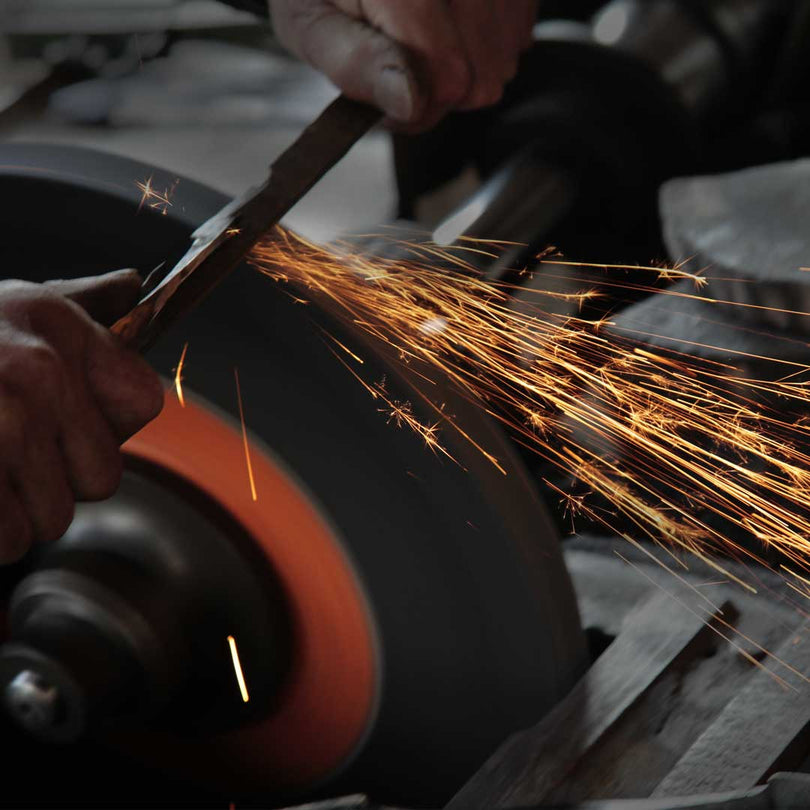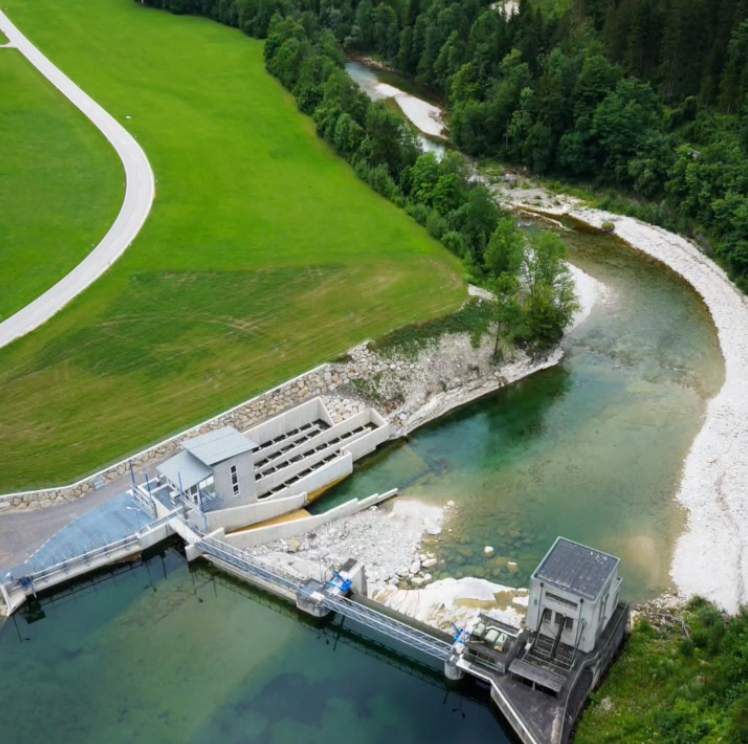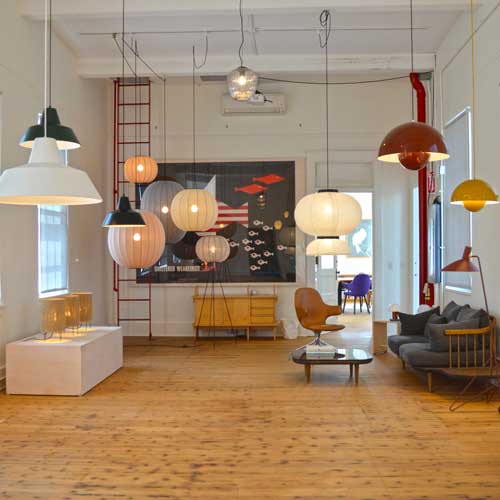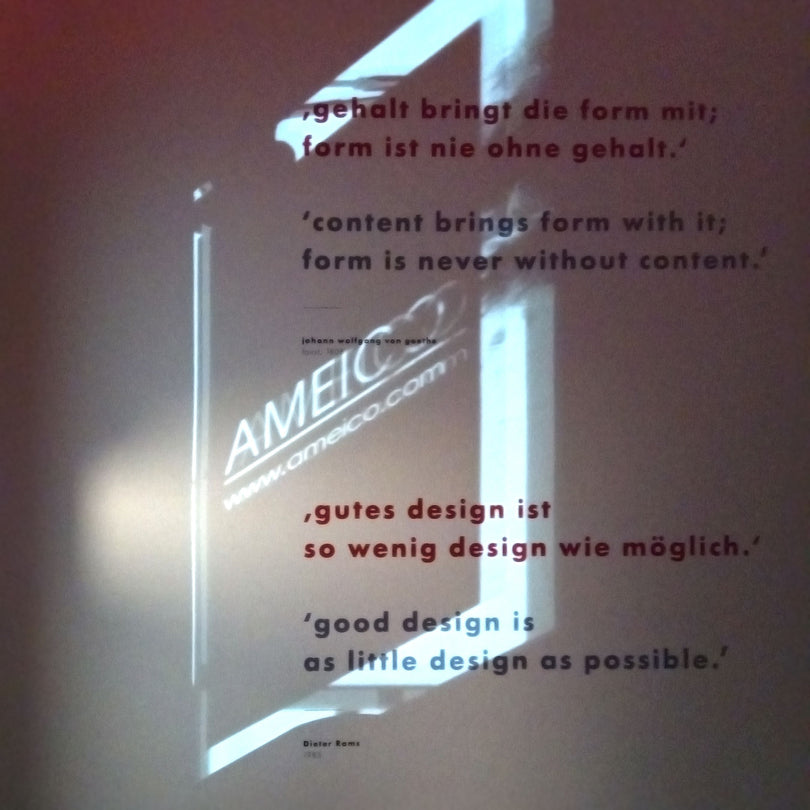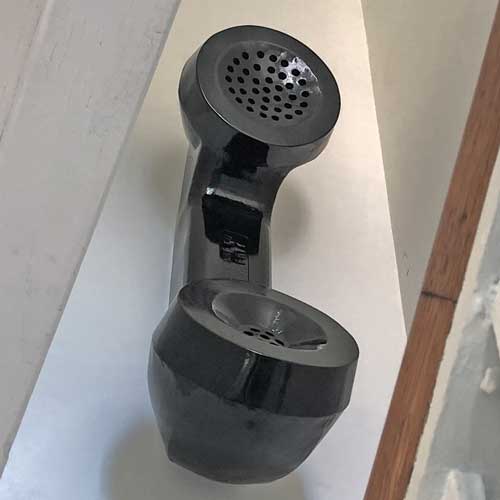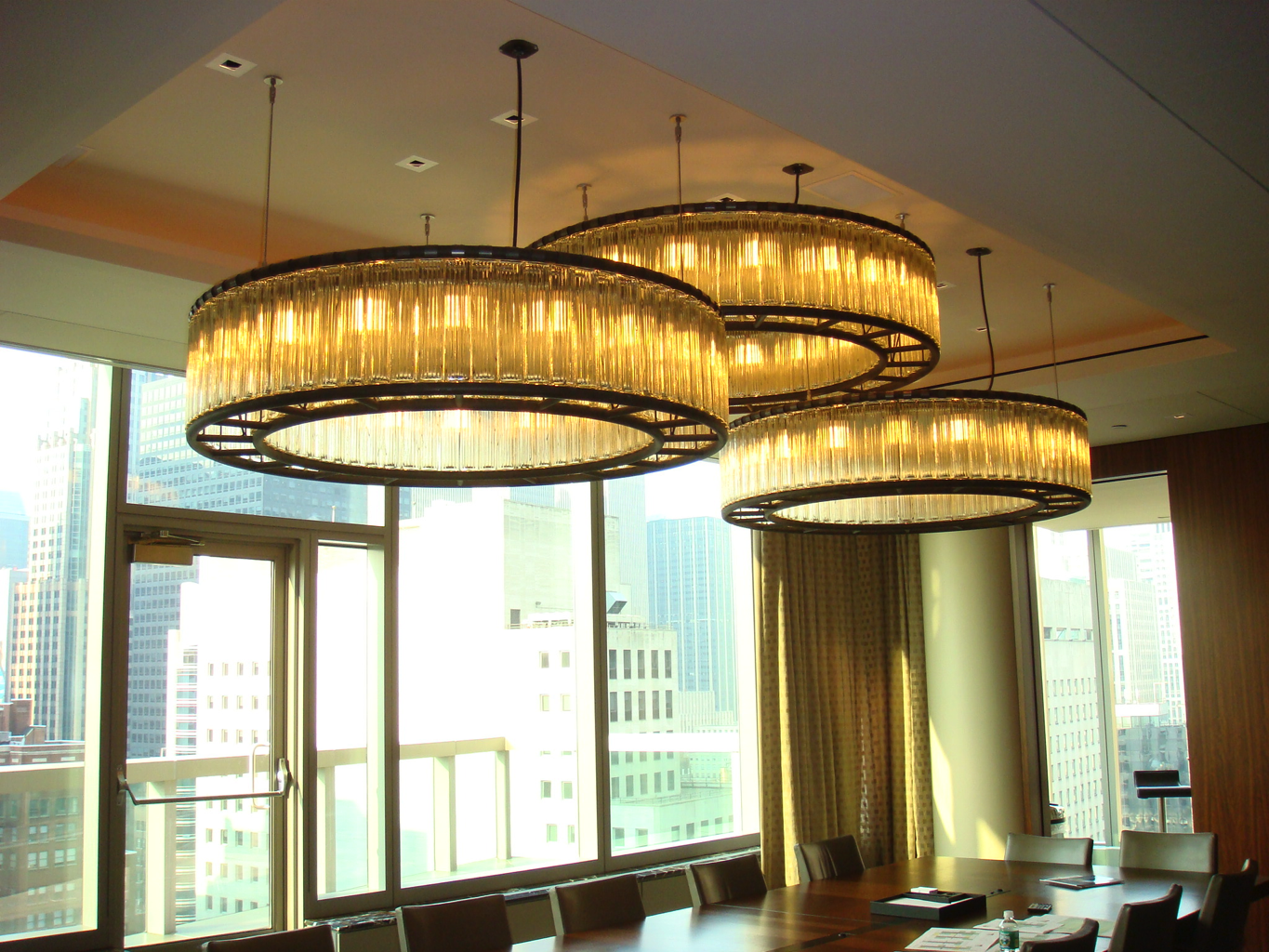
Santa & Cole - Estadio 150 Chandelier
Originally designed for the 1992 Olympic Games in Barcelona, this elegant crown of light ennobles a public space. Conceptually, it is reminiscent of the huge cast iron chandeliers with a sequence of candles often seen in medieval castles and cathedrals.
Limited Stock Available
Originally designed for the 1992 Olympic Games in Barcelona, this elegant crown of light ennobles a public space. Conceptually, it is reminiscent of the huge cast iron chandeliers with a sequence of candles often seen in medieval castles and cathedrals. The frame is a tubular structure the visible sides of which are made of sections of glass blocks. Texturized black metal structure with stainless steel structure hanging system of 1 or 3 supports and satin nickel ceiling plate. Glass block lampshade. Optional diffuser made of translucent methacrylate.
Material: Ø 105 cm / 41.3"
This fixture must be mounted or supported independently of a Junction Box (American version).
Electric cable length: 4 m / 157.2"
Weight: 93 kg / 204.6 lib
Recommended light source (not included): 12 x LED bulb:
LED bulb:: 11 W
C.E.E. D.
Other light sources: Max. 75 W
Input voltage: 100, 120, 230 Vac.
(50 Hz / 60 Hz). According to destination.
Lamp holder: E26 (Max. height 155 mm / 6.1″)
Overall Dimension: Ø:59.1"
Design by: Miguel Milá
Design year: 1992
Miguel Milá is considered one of the great post-war masters, along with Aalto, Castiglioni, Eames or Jacobsen. Like Ilmari Tapiovaara, he was not trained as an architect. Milá was simply a designer.
Conscious that design entails arranging elements and removing those which are not essential, his products keep us company, they’re not a burden. And, as they age, they are enriched through their use and the memories they harbour.
The documentary by Poldo Pomés we produced in 2017 celebrates the journey of a wise and warm man, who was convinced that one educates through actions rather than words. For four decades, Miguel shared with us not only a professional lesson but also an ethical one. Searching for material quality ahead of visual perception, lighting the space up without dazzling it and looking for the user’s comfort by simplifying what seemed complex at first. Ultimately, exciting with simplicity.



